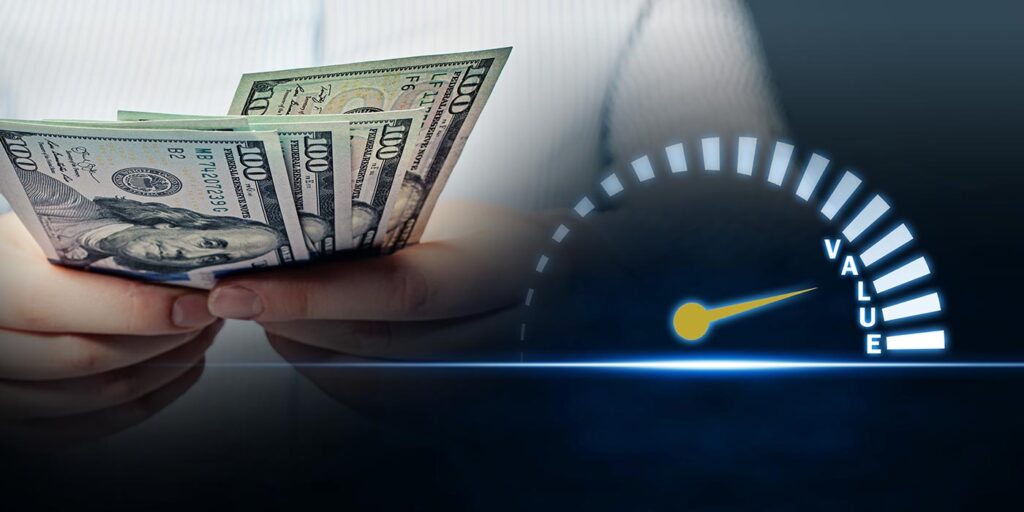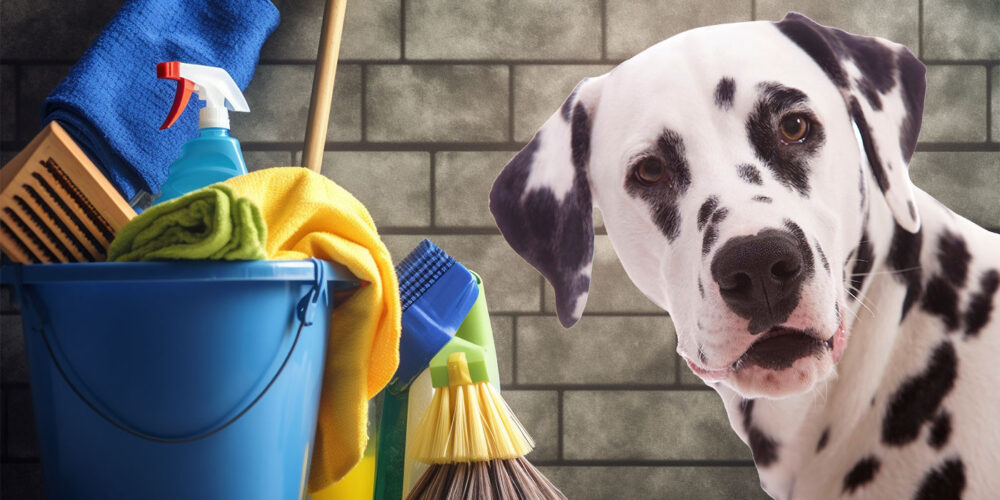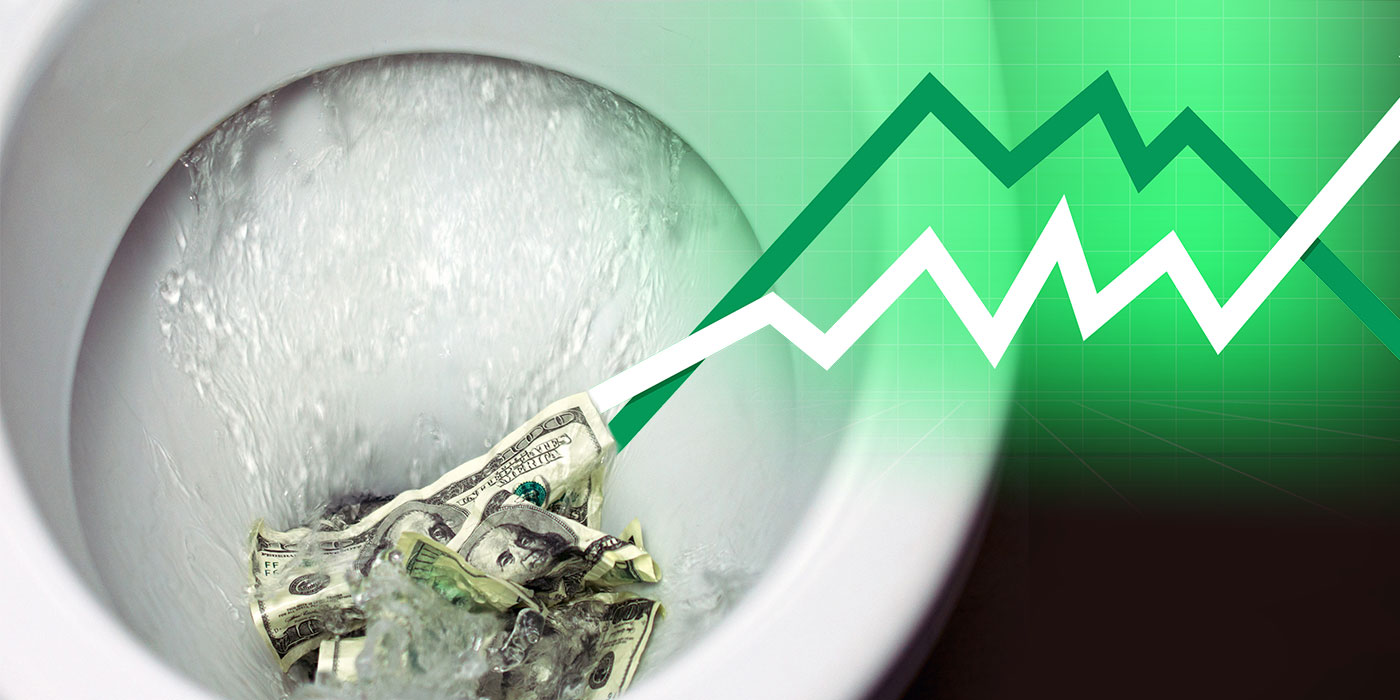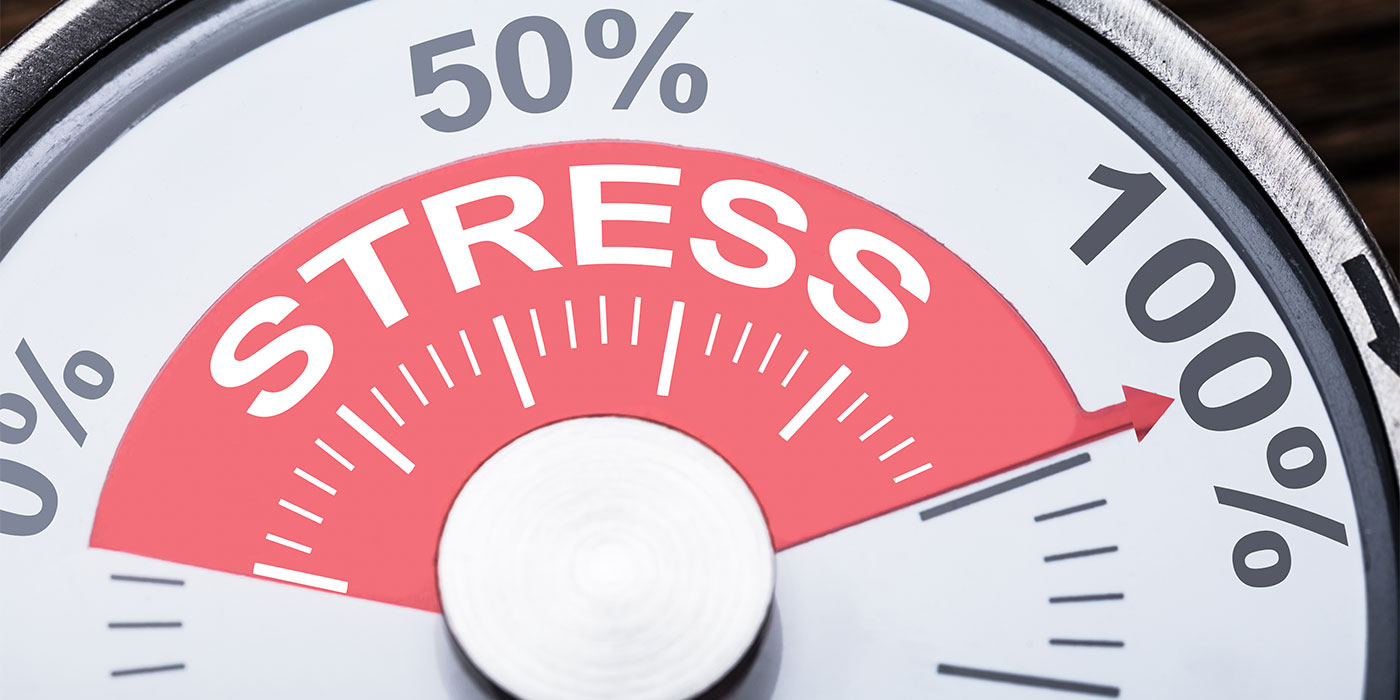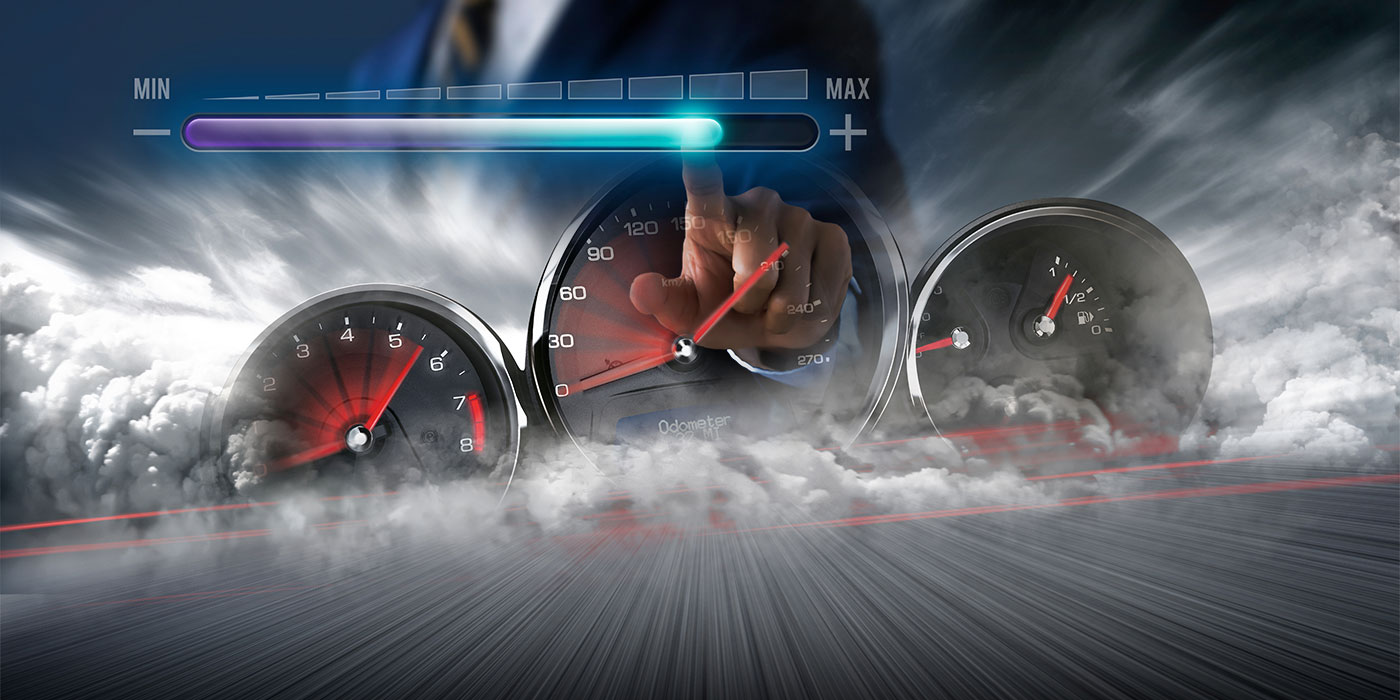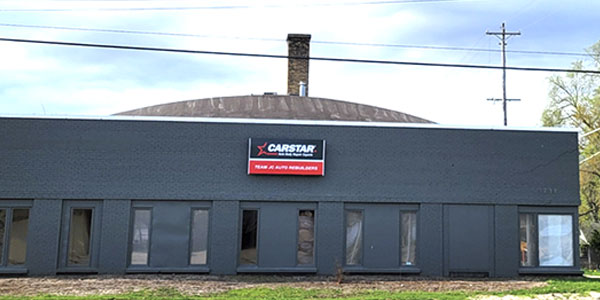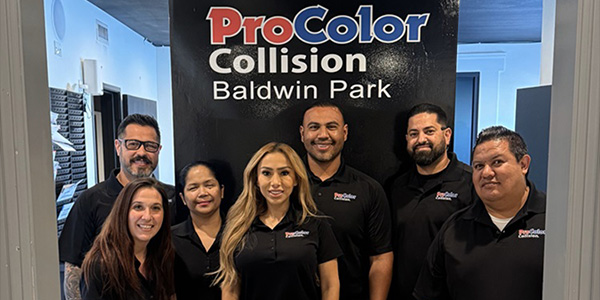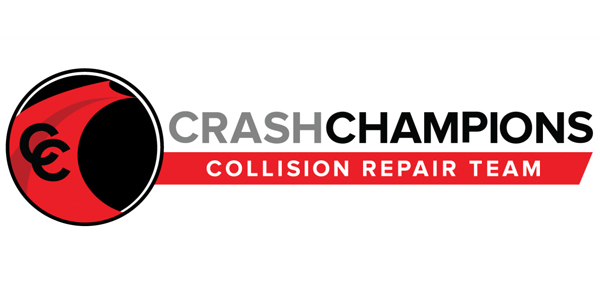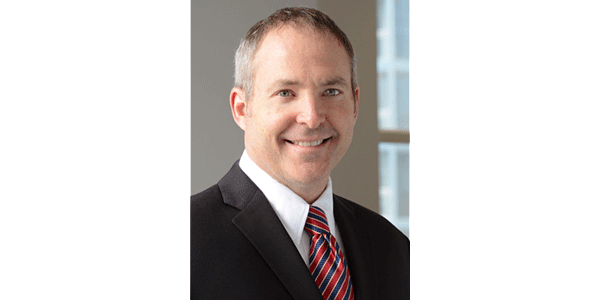I met with a client about two weeks ago to discuss the shop’s transition goals. Jeff is a second-generation owner, and his wife Kathy is a retired schoolteacher who is not involved in the business. Their son has been working in the business, and their daughter just returned to their little town to join the company. Jeff and Kathy would like to keep the business in the family and community and, while Jeff does not have any definitive plans to leave soon, he would like to have the option in the next five to seven years.
What Are the Assets?
So, our next step in the process was to determine what assets they have available to allow them to have freedom while maintaining their lifestyle. Currently, Jeff is taking about $175,000 in salary and distributions, and Kathy has her teaching pension. They have personal assets of about $1 million, so utilizing retirement income planning strategies, a safe distribution rate of 4% would give them $40,000 of Jeff’s income we can replace.
In my previous article, “Planning a Buyout,” I mentioned the term “asset gap.” This is the difference between the value of the financial resources shop owners need at their exits to achieve their post-exit income goals and the values of their current financial resources, which include the net proceeds from the sales of the businesses. This is what I needed to address with Jeff and Kathy.
Me: “So, Jeff and Kathy, we need to determine how we’re going to make up the additional $135,000 in Jeff’s income to allow you to maintain your lifestyle. Have you determined how much the business is worth?”
Jeff: “Oh, I have a good idea.”
Me: “What is that?”
Jeff: “I’ve been told that I can get a five- to 10-time multiple.”
Me: “Multiple of what? Revenue? EBITDA? And which can you get, five or 10 times?”
Jeff: “I’m not sure.”
Jeff has fallen into the trap that many shop owners do — estimating the value of the business based on incomplete or inaccurate information. And most times, they overvalue their businesses, which can cause them to feel overly secure in their futures.
Business Valuation
To properly assess their position, we need to do a business valuation to get a more accurate idea of what the business is worth. Many shop owners hesitate because they know the cost of a certified value of opinion can be expensive. Yet this is not necessary until an owner either wants to sell to a third-party or needs a discounted value to sell to a child. Also, there are less expensive options, such as an appraisal from a business broker or software-generated valuations, that will give you a fairly accurate assessment of what the business is worth.
So, we chose to do a software valuation and found that the business was valued at approximately $5 million. Jeff was excited!
Jeff: “If we use your 4% distribution rate, that would give me $200,000 in additional income!”
Me: “Well, if that is what we net from a sale, yes. Yet, there are still taxes. You will have to pay 20% in capital gains. That leaves us $4 million.”
Jeff: “Okay, yet at your 4%, that still gives us $160,000 per year.”
Me: “Yes, yet if you sell to a third-party, you’re going to have additional fees, such as broker fees, attorney fees and other transaction fees. And, even if you sell to your kids, you’re still going to have your professional fees — plus, you’re selling to them at a discounted value, so we can probably assume an additional 15% to 30% less. That’s now a net of $3.4 million at best. Then, we have to consider the personal expenses that you run through the business which we have not accounted for in your personal income. We have a deficit.”
Needless to say, after this conversation, Jeff and Kathy became a bit downtrodden. Yet, because they’re giving themselves time, there are many things we can do to increase the value of the business and decrease their asset gap. These are called “value drivers,” and they can increase the value to a third-party buyer or increase cash flow that can be used to allow the kids to purchase the business. While there are many value drivers that may be determined based on the particular market your shop is in, I want to highlight a couple that pertain specifically to the collision industry.
Stable and Motivated Management
Having a best-in-class management team is the surest way to become a best-in-class shop. Capable management is what buyers want when owners sell their businesses or what your children need to carry on the business to the next generation, so establishing the best possible management team will make it more likely that you’ll receive the most for your business. Both technical and business training is vital. Also, providing financial incentives for them to stay, such as “stay bonuses” or “golden handcuff” plans, will reward them for staying and give them something to lose if they leave. In many cases, we’ve placed performance standards for flow the business generates that don’t come out of your pocket.
Operating Systems
The establishment and documentation of standard procedures and systems demonstrate to a buyer that a business can maintain profitability after the sale. These include personnel recruitment; human resource management; new customer identification; solicitation and acquisition; inventory and fixed asset controls; defined pricing structures; customer, vendor and employee communication; and business performance reporting, to name a few. As part of our team, we utilize some of the best industry consultants to help our clients improve these systems.
Sustainable Revenue
Buyers look for recurring revenue streams that continue despite fluctuations in the economy. Fortunately, at least for the collision industry, people will continue to wreck cars, yet as more shops move away from direct repair programs (DRPs), it’s vital to create streams that are resistant to competing on price alone. Again, there are great industry experts you can bring in to help you accomplish this.
A Competitive Advantage
A competitive advantage is the service you provide that, over time, performs either better or more cheaply than a competitor. It’s the reason why customers go to a particular shop rather that its competitor. In today’s collision industry, it’s imperative that shops look for ways to differentiate themselves, and this will make it more likely that buyers will pay top dollar for your shop or that your insiders or children will want to continue your legacy.
Proven Growth Strategy
Even if you expect to sell, retire or transition your business tomorrow, it makes sense to put into writing a plan describing future growth and how that growth will be achieved based on industry dynamics: addressing labor costs, increased demand for your shop’s services, differentiating yourself in a highly commoditized industry, growth through acquisition, etc. Buyers will give more credibility to a current growth plan if your shop has achieved goals set in prior plans.
Financial Foresight and Controls
Effective financial foresight and controls help answer the questions of, “How is the shop performing?” and “What are the shop’s prospects for the future?” Questions like these are the financial bedrock of developing a plan to grow the business at the pace needed to allow you to exit on your terms.
Successful Acquisition Strategy
If applicable, having a demonstrated and successful strategy to acquire competitors or “add-on” businesses can go a long way in proving a company’s commitment to grow.
Good Cash Flow
Ultimately, all value drivers contribute to increasing cash flow. Shops with a history of increasing cash flow are significantly more valuable than those with stagnant or decreasing cash flow. Cash flow is usually the primary determinate of a buyer’s offer or the basis for an insider or child to begin buying ownership.
Summary
Value drivers are mechanisms you use to create the greatest possible growth in your business value. The things I mentioned above are just a few of the value drivers you can employ to raise the value of the business. Every shop will have different drivers depending on its goals, markets and overall objectives, but what is airtight is this: Increasing the value of your business will decrease the asset gap you may have and put you in a better position to live the lifestyle you want.
Of course, there are always those unexpected occurrences and threats that can occur, but we’ll save that discussion for later. In the meantime, feel free to reach out to us at highliftfinancial.com to explore this for yourself.

